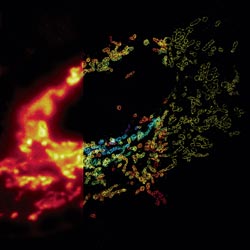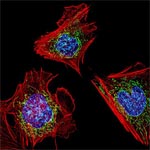
What Is CRISPR?
October 16, 2024
Continue Reading
The Chemistry Clicked: Two NIGMS-Funded Researchers Receive Nobel Prize
December 7, 2022
Continue Reading
Archived: Q&A With Nobel Laureate and CRISPR Scientist Jennifer Doudna
November 18, 2020
Continue Reading
Archived: Scientist Interview: Investigating Circadian Rhythms With Michael W. Young
October 28, 2020
Continue Reading
Archived: Cool Images: A Holiday-Themed Collection
December 22, 2015
Continue Reading

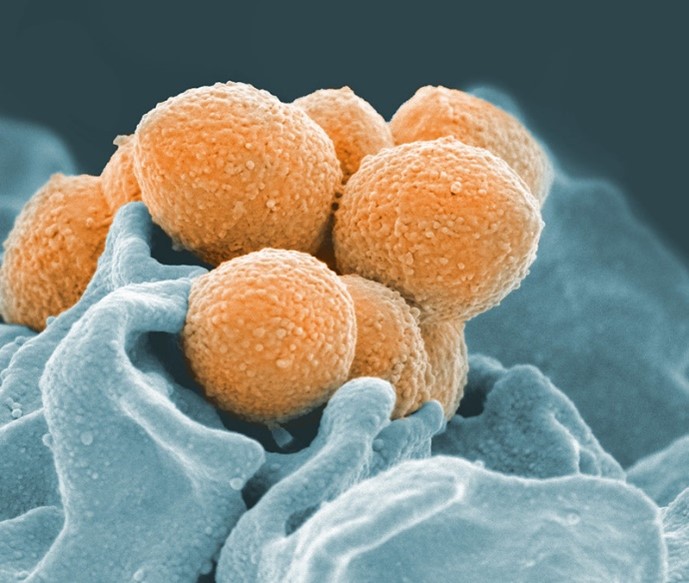
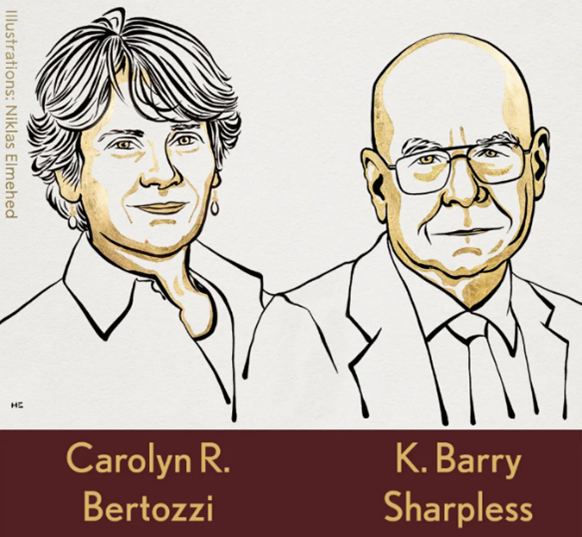
 Jennifer Doudna, Ph.D. Credit: University of California, Berkeley.
Jennifer Doudna, Ph.D. Credit: University of California, Berkeley.

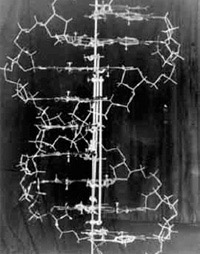
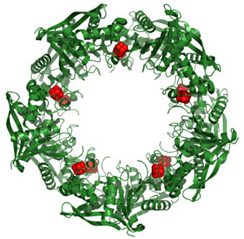 This wreath represents the molecular structure of a protein, Cas4, which is part of a system, known as CRISPR, that bacteria use to protect themselves against viral invaders. The green ribbons show the protein’s structure, and the red balls show the location of iron and sulfur molecules important for the protein’s function. Scientists have harnessed Cas9, a different protein in the bacterial CRISPR system, to create a gene-editing tool known as CRISPR-Cas9. Using this tool, researchers can study a range of cellular processes and human diseases more easily, cheaply and precisely. Last week, Science magazine recognized the CRISPR-Cas9
This wreath represents the molecular structure of a protein, Cas4, which is part of a system, known as CRISPR, that bacteria use to protect themselves against viral invaders. The green ribbons show the protein’s structure, and the red balls show the location of iron and sulfur molecules important for the protein’s function. Scientists have harnessed Cas9, a different protein in the bacterial CRISPR system, to create a gene-editing tool known as CRISPR-Cas9. Using this tool, researchers can study a range of cellular processes and human diseases more easily, cheaply and precisely. Last week, Science magazine recognized the CRISPR-Cas9 
